If you’re new or unfamiliar with CNC machines and you don’t know what they are, it’s pretty basic. CNC stands for Computer Numerical Control. Essentially, there are lots of different CNC machines. Any machine controlled by a computer is technically a CNC machine, but today we will discuss CNC milling machines.
Milling has much scope in multiple areas, from modern manufacturing to engineering. What scope does it cover in 2024? There are different factors to consider based on technological growth and the demands of various industries.
Here is a brief overview of milling applications in other manufacturing industries.
- Automotive Industry and Aerospace Industry
- Medical and Healthcare Industry
- Electronics and Semiconductor Industry
- Energy Sector
- Tool and Die Industry
- Consumer Goods, Construction, and Heavy Machinery
- Defense and Military
CNC, artificial intelligence, and intelligent manufacturing are helping to expand their uses throughout these industries.
What is Milling?
Like precision CNC machining, a milling machine is a part of the machines used in the machining process. Milling is a manufacturing process that uses a rotary cutting tool to remove material from a workpiece. Milling uses a rotating cutting tool to remove material from a workpiece.
Here’s a breakdown of milling:
- Rotary Cutting Tool: Imagine a drill bit with multiple cutting edges along its circumference instead of a pointed tip. This tool spins at high speed.
- Workpiece: This is the piece of material you’re shaping. It can be made of metal, plastic, wood, or foam.
- Material Removal: As the spinning cutter comes into contact with the workpiece, it chips away tiny pieces of material, bringing it closer to the desired final shape.
Applications of CNC Milling
Aerospace: CNC machining has developed in different areas of aerospace due to its accurate, adaptable nature and ability to process a wide range of materials. Milling is very useful in the aerospace industry, like:
- Turbine parts
- Structural parts
Electronics: precision and miniaturization are important in the electrical industry. Milling machines offer versatility to perform intricate cuts and shapes for various electronic components, like:
- Components
- enclosures
Medical: In the medical sector, high accuracy and precision are required. Milling has a crucial role in medical devices and instruments, such as:
- Prosthetics
- Orthoses
- Implants
- Other surgical instruments.
Automotive: Milling has vast applications in the automotive sector. It is a versatile process because it can be used for both small quantities and large production runs. Manufacturers fabricate different parts, such as:
- Engine Parts
- Custom Flanges
How Does Milling Work?
As already mentioned, milling is a subtractive manufacturing process. It removes material from a raw substrate using various cutting tools until it produces the desired part. The workpiece is continuously rotated to provide precise cuts at varying angles. However, mentioning that the entire milling process takes a few steps before the workpiece is ready will be handy.
Here they are:
Creating CAD Model
You must start with a CAD model blueprint for the target part geometry. You can create the CAD design/model for the raw materials of your desired part using Computer-Aided Design software. It allows you to develop 2-D or 3-D models for various product concepts.
Converting CAD to CNC
You need to convert the CAD model into a CNC program because CNC milling machines do not understand a CAD model. However, converting the CAD model to the CNC program is not a difficult task. Most CAD software has this feature; you must proceed as per the instructions to achieve optimum results.
Setup of CNC Milling Machines
Firstly, make sure the milling machines are set up right before starting. The setup steps can differ based on the machine’s brand and model. Be sure to check the maker and model before you use the machine. go to custom CNC machining to know more.
Executing the Program
After setting up the machine, the operator can start the CNC machine program. The machine then handles the entire milling process on its own. When the program finishes, the machine gives the needed part with the correct specification.
Milling Machines and Components
Types of Milling Machines
Different CNC milling machines serve specific purposes. It is important to understand these differences to meet your production needs, like part complexity, production volume, or precision requirements.
Vertical Mills
Vertical mills are versatile machines. These machines have vast uses in the metalworking industry. Vertical mills have vertically oriented spindles, which allow precise and efficient material removal.
Some standard features of vertical mills are given below:
- Vertical mills offer a wide range of machining tasks with their multiple-axis configurations,
- Vertical mills have vertical spindles that allow for both drilling and milling operations.
- Multiple axes allow for complex machining operations for intricate parts.
- Vertical mills are ideal for applications that require high dimensional accuracy and tight tolerances.
- CNC vertical mills enable automated and precise machining.
Horizontal Mills
These have spindles in horizontal positions. These are good for cutting heavy materials and large operations.
Some common features of horizontal mills are given below:
- Horizontal mills are better than vertical mills for complex projects
- These mills have thick and short-cutting tools
- Horizontal mills are great for complex projects
- Horizontal mills are extremely robust and sturdy machines.
- Highly stable rectangular guide rail
- These mills are the ideal choice for the removal of bulk material in a short time
- 45-degree clockwise and anti-clockwise rotation of the milling head
Turret Mills
These mills are also called tower mills. These mills have a table that can be moved in parallel and vertical directions while having a spindle in position to cut material. They are usually used for specific types of milling involving cuts on a mill.
Some standard features of turret mills are given below:
- Turret mills are considered to be the most versatile milling machines today.
- They can be repositioned to improve the machine’s functionality.
- Have a sturdy structure and a unique design.
- TInclude several user-friendly features with greater functionality
- Well-known machines are known for their high performance and low maintenance.
- Capable of manufacturing a plethora of products.
- Cheaper compared to horizontal milling machines.
Bed Mills
Bed mills are similar to turret mills because they have adjustable spindles but only move the table perpendicularly to them. In the meantime, the spindle moves parallelly.
Some common features of bed mills are given below:
- Bed mills are designed for heavy-duty work
- These machines can handle larger and heavier workpieces than other types of milling machines.
- These machines are also used for dies and molds.
- They are commonly used in the manufacturing of large parts for multiple sectors.
What are The Key Parts of a CNC Milling Machine?
Five key parts of the CNC milling machine include:
Column Base
The cast iron column and base support the operations done on the milling machines. The base on which the column is mounted contains lubricating oil and coolant. The column supported the knee along the work table. The base carries the weight, which works as the foundation of the machine.
Knee
The knee is bound to the column through the dovetail cut. There is a vertical setting screw that assists and holds its position. This type of screw is also called an elevating screw. It should move up and down to its base. The gearing mechanism is placed inside the knee, while the saddle, which is positioned on top of the column, can transverse horizontally and is used to impart linear horizontal movement to the workpiece.
Power Feed Mechanism
This feed is located in the knee and is mostly used to control longitudinal, transverse, and vertical feeds. The feed rates are set either through a g-code or with the help of a speed selection handle on the device.
Work Table
It is more like a rectangular table which is made of cast iron. It features T-slots, where the workpiece can be clamped directly on the table. A vise or any other work-holding tool can be mounted to hold smaller parts and machine them safely and efficiently. The work table includes the longitudinal variable speed power feed and handles. In the same manner, another lead screw on the X-axis is situated below the table and works by engaging with the nut to slide the table sideways.
Spindle
The spindle is also one of the critical components of the milling machine. It plays a crucial role in the machine. When at rest, it operates the cutting tools. It also acts as a holder of drill chunks, collets, and many others. Due to these different shapes and mechanical ways of applying the milling cutters, a milling machine can be operational in many ways of milling.
The Milling Process (Step-by-Step)
Here is a step-by-step breakdown of the working process of milling machines:
Workpiece Loading: The first step during the preliminary setup is placing the workpiece on the machine table feed while the other end is restrained. Inaccurate location of the fixture will lead to vibration, particularly when using high speed to cut or shape the workpiece. This will lead to inaccuracies.
Tool Selection: Today, due to advancements in technology, various types of tools are used in a milling machine. Choose the correct type of tool to be used based on the material that is being worked on and the extent of modification desired.
Machine Setup: Machine setting refers to changing certain machine aspects, such as the speed of the spindle, the flow of coolant to the machine tool, and the feed rate, depth of cut, etc.
Milling Execution: When the setup is done, the operator starts the actual milling operations.
Roughing: Turning is the process of enhancing the material properties of the workpiece by subjecting it to mechanical stress. This brings the workpiece to some indefinite state that approximates the outlined shape. This is done at a high cutting speed and feed rate to reduce the life of the tools and, hence, increase the chances of breakage.
Semi-Finishing: After roughing, the speed reduces the milling machine. Usually, it has the shape of the final part that is to be produced on it as a result of the work.
Finishing: Compared to roughing passes, finishing is done at a low feed rate and depth of cut. To optimize or minimize the error, the objective is to achieve the closest workpiece to the intended dimensions of the machine.
Unloading: The operator unloads the finished part from the milling machine.
Inspection and Quality Control: At this stage, the finished product is checked to ensure no defects. Usually, if there are any anomalies or if extra material removal is needed, the operator places the part back on the machine and performs one more finishing cycle. This stage is done until the part is acceptable.
Post Processing: The part can have other secondary machining operations after milling. Some of the standard post-processing techniques are:
- Deburring
- Cleaning
- Surface Grinding
- Fonishing, etc.
Types of Milling Operations
There are many different types of milling operations. Some of these are used to increase the capacity of the operation, some to improve the operation’s efficiency, and some for various other purposes.
These types can create parts of shapes, though they differ according to how the shape is composed.
These different types are:
Face Milling
A face mill is used where there is a need to create the surface finish of a workpiece. Facing mills flatten a surface or produce a rough surface on an even or smooth surface. It can also make outstanding surface finishes without any undulations. Face milling can be performed automatically or annually. There are various mill choices available for each type.
Peripheral Milling
In peripheral milling, the cutter is positioned to cut through the workpiece from the side. Hence, the edges of the cutting tools slide on the working surface in contact with the tooltip. This is the reverse of the face milling process. It involves using a regular milling cutter with an equal number of teeth and the width of the face. Peripheral milling is preferred when a great depth of cut or much material has to be removed at once.
End Milling
An end mill is used in the same way as a drill, but it comes with a different geometry, Nonetheless, end mills are designed to perform radial and axial cuts. The drilling machines that will be used can only perform drilling operations axially.
Thread Milling
Thread milling is used to cut threads to create them on the inner side of a workpiece. Thread mills are used only on pre-drilled threads. In their structure, the thread mills are in a state of rotation and circumferential rotation within the internal periphery. It is also noted that thread turning is preferable compared to thread mills.
Advantages and Limitations of Milling
We all know that milling is a versatile machining process in manufacturing. It has many advantages but some limitations as well.
Some common advantages and limitations are given below.
Advantages of Milling
- Milling is a highly versatile process. It supports various materials.
- Milling is ideal for large-quantity production.
- Milling is a rapid production process.
- Computer controls to ensure that finished parts are accurate and precise.
- Milling increases the ability to design structures intricately.
- Automation helps in milling to reduce labor costs.
- This CNC milling part processing shows good adaptability and flexibility.
Limitations of Milling
- Milling machines and setups demand higher costs.
- Milling is not suitable for delicate parts.
- Proper training is required for workers and operators to ensure safety measures with tools and flyers.
Factors Affecting Milling Accuracy
This is because obtaining precise results in CNC milling is critical. Below are some factors that could affect its accuracy.
Machine Tool Quality:
this contributes significantly to the general state and precision of the CNC milling machine itself. On top of it all, one may have to consider factors like spindle runout (wobble), backlash (play in the gears), and table flatness as they can also result in inaccuracies.
Cutting Tool Selection
It is vital to pick a suitable cutting tool for the particular material and its operation. Surface damage can be caused due to using blunt tools or damaged ones. Proper tool maintenance and timely replacements are vital.
Workpiece Clamping:
The workpiece must be securely clamped on the machine table to prevent movement during milling. Vibration and inaccuracies can happen with incorrect clamping techniques.
Cutting Parameters:
It has been determined that selecting the proper speed, feed rate, and depth of cut is essential. Accuracy can be affected by wrong parameters, such as tool deflection, chatter marks, or even tool breakage.
Material Properties:
Different materials possess distinct machining characteristics. Unexpected deflection or tool wear might occur because of unforeseen material behavior, thus affecting accuracy.
Programming Errors:
There could be inaccurate toolpaths or machining operations when mistakes are made on CNC programing. Thorough program verification is essential.
Environmental Conditions: Thermal expansion from temperature fluctuations may lead to dimensional inaccuracies within the machine and workpiece dimensions. A stable environment needs to be maintained.
Common Challenges Faced in Milling
CNC milling comes with its own set of challenges, even though it can be used in various applications:
Tool Breakage:
It is possible for tool breakage to occur due to wrong selection of tools, too much cutting force or tool wear. This results into delays in production and increase in costs.
Chatter Marks:
When there are vibrations during machining, the surface finish becomes inconsistent on the work part. Optimizing cutting parameters and ensuring proper tool sharpness can help minimize chatter.
Workpiece Distortion: Thin or unsupported workpieces can bend or deform under cutting forces, leading to dimensional inaccuracies. Using strategically positioned clamps and fixtures can deal with this.
Residual Stress:
Milling leaves stresses within the material being worked on. These affect its performance, necessitating additional steps such as stress relief and annealing.
Coolant Selection and Management:
A bad choice of coolant may lead to wearing down of tools, poor chip evacuation, and surface finish problems. Therefore, choosing the right coolant type and maintaining it properly is essential.
Complex Machining Features: It is difficult making intricate geometries or holding tight tolerances without resorting to particular tools and programming techniques.
The Future of Milling
The future of milling is bright. With the help of advanced technologies, milling has also evolved.
Look at some modern technologies that have completely changed the milling process.
Artificial Intelligence (AI) and Machine Learning
The continued advancements in artificial intelligence and machine learning have revolutionized CNC milling recently. These technologies can be used to identify necessary patterns in data collected from CNC milling machines, allowing maintenance. These technologies can enhance the overall operational efficiency of milling machines.
Internet of Things (IoT)
Intelligent technologies like IoT quickly enable data collection and analysis on CNC milling machines. This technology allows manufacturers to observe the status of their machines, fix any problems, and make quick adjustments.
Automation
Today, CNC milling processes are becoming fully automated. All sorts of advanced devices, like tool changers to handle different tools, workpieces, and even systems to monitor tool wear, are now increasingly popular.
Advanced Materials
CNC milling is evolving using new advanced materials, including carbon fiber composites and high-strength and lightweight alloys.
Conclusion
Milling is a crucial manufacturing method. It plays a vital role in many industries for the manufacturing of a variety of quality parts. It entails finishing flat and curved surfaces, making it very versatile.
Modern technologies and advanced tools like helix, variable pitch, and serrated milling cutters have further improved milling operations in material removal rates, size accuracy, shape structure, and surface tolerances.
If you have any CNC milling requirement, welcome to contact us, we will quote you in 24 hours, GC mould is one of top 10 CNC machining services in the world.

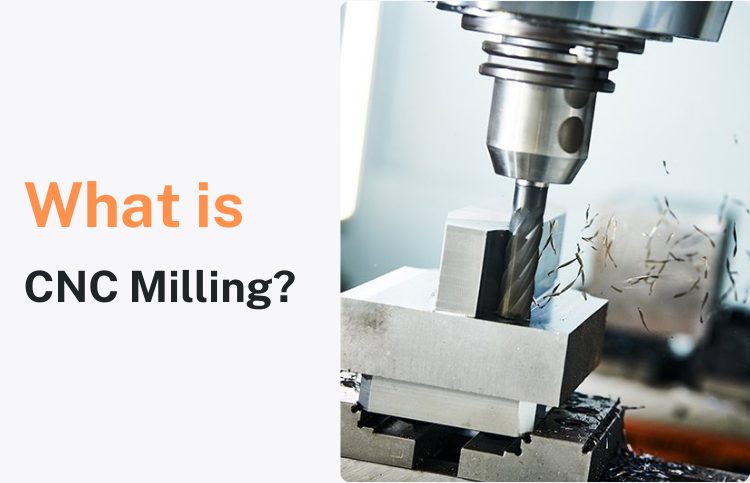
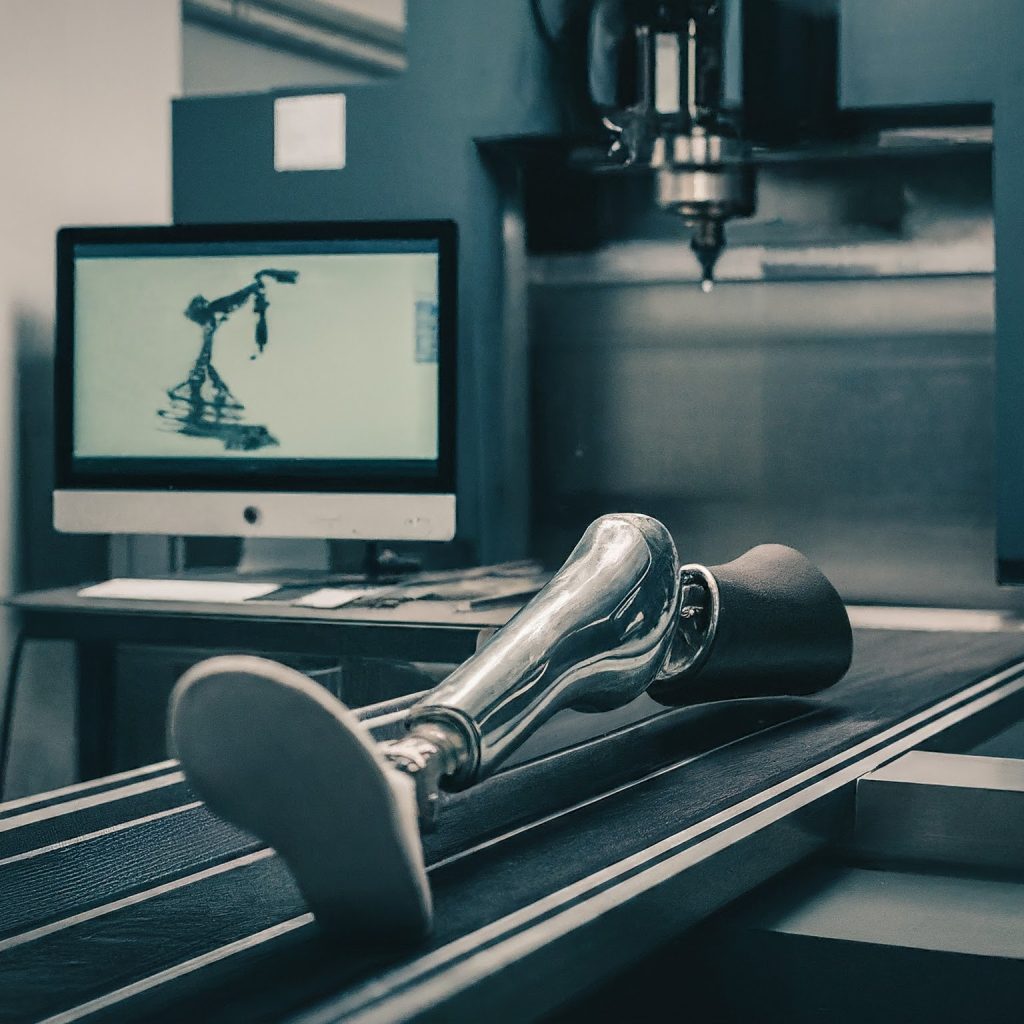
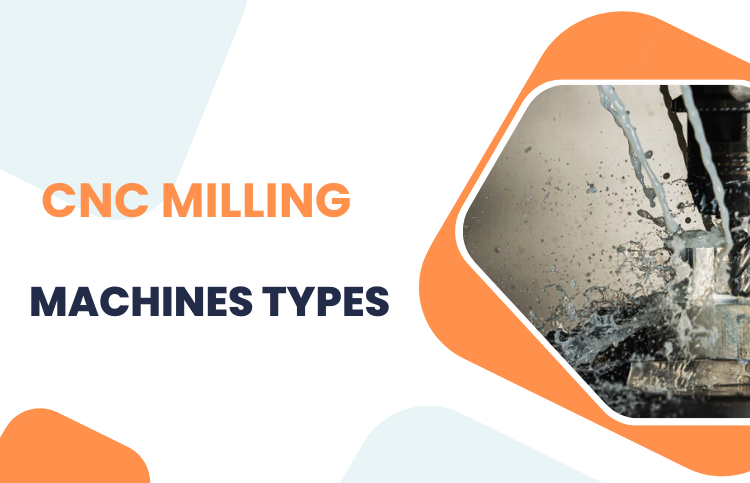
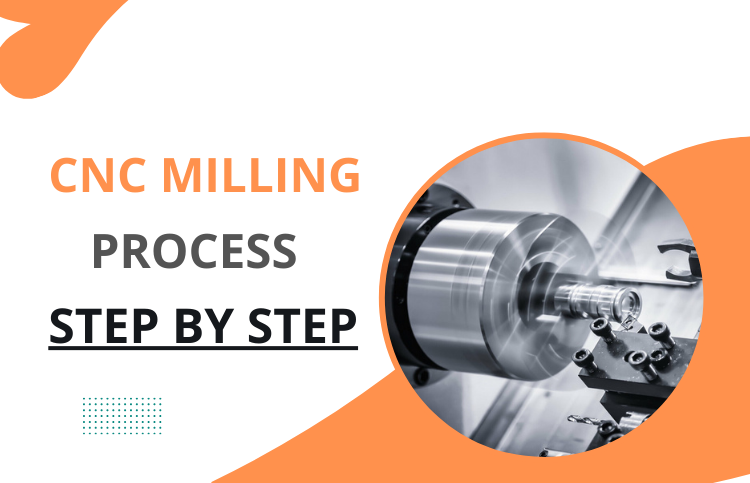
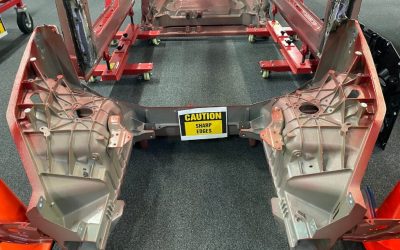
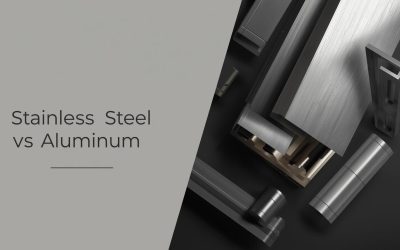

0 Comments